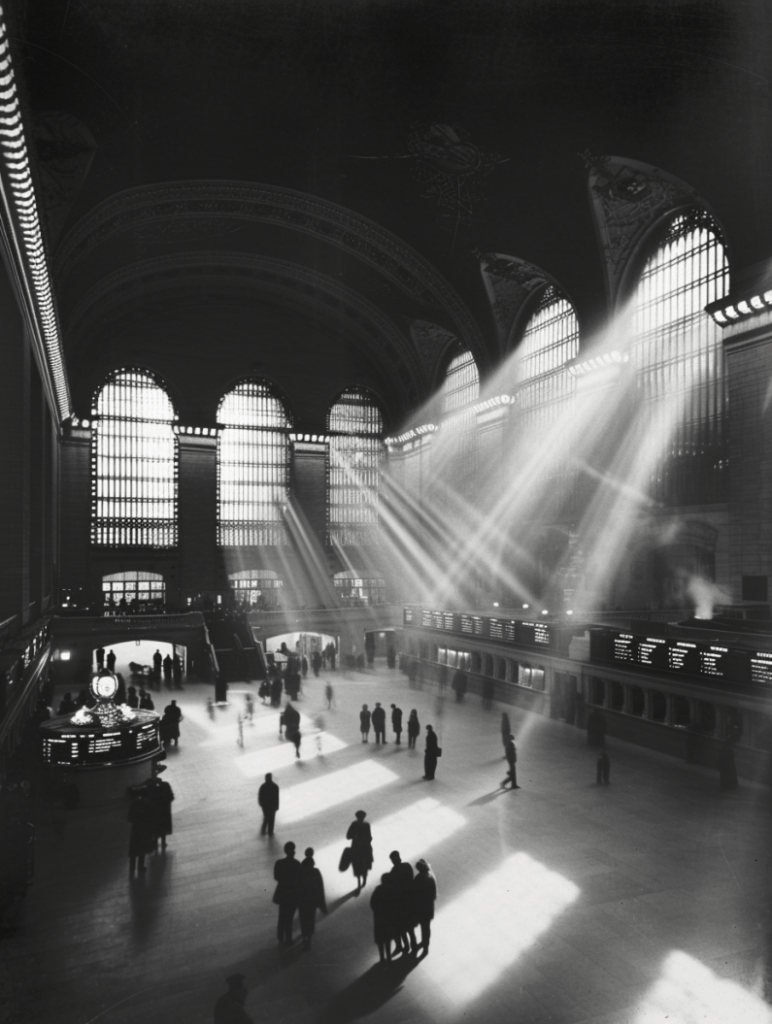On This Day, February 2, 1913, New York City’s Grand Central Terminal officially opened its doors to the public for the first time, heralding a new era in the history of American transportation. This iconic landmark was not merely a train station; it was an architectural marvel and a symbol of innovation and progress.
Designed by the architectural firms of Reed and Stem and Warren and Wetmore, Grand Central Terminal represented a blend of functionality and grandeur, featuring Beaux-Arts design. Its construction was a response to the need for a larger and more efficient transportation hub, as well as the public’s demand for safer rail travel following a tragic train collision in 1902. The terminal’s vast spaces, including the Main Concourse with its elaborately decorated astronomical ceiling, and the intricate façades, set new standards for public use buildings.
Grand Central Terminal quickly became more than just a gateway for travelers; it transformed into a cultural and social hub in New York City. Its opening marked a significant milestone in urban development, influencing how cities approached public transportation projects. The terminal not only facilitated the movement of millions of passengers but also played a crucial role in the development of the surrounding Midtown Manhattan area. Today, Grand Central stands as a testament to the ingenuity and ambition of early 20th-century America, continuing to captivate visitors with its history and architectural beauty.
